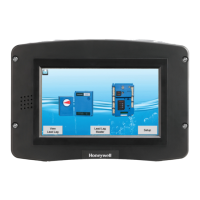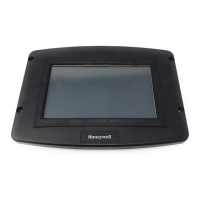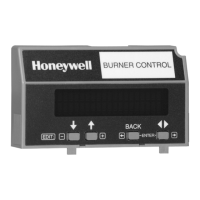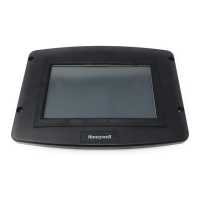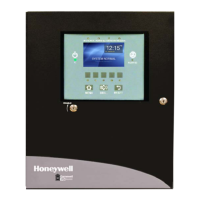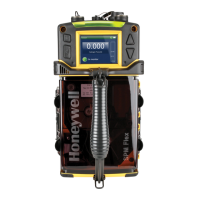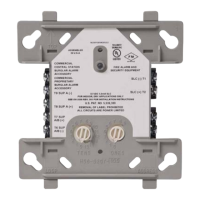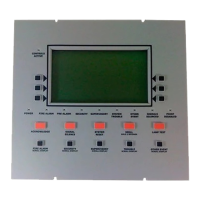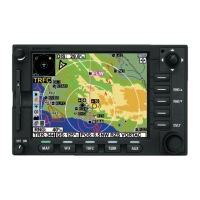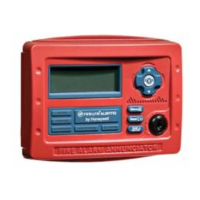Do you have a question about the Honeywell SPM and is the answer not in the manual?
Overview of the SPM's detection system, capabilities, and ease of operation.
Pre-operation checklist and essential steps before starting the SPM unit.
Procedure for powering the SPM unit on and off using the main power switch.
Step-by-step guide for installing a new Chemcassette® detection tape.
Procedures for electronic simulation of gas conditions for testing.
Routine to check the operating condition of the SPM optical system using an optical test card.
How the SPM indicates and reports instrument faults via LEDs and display.
Instructions for securely mounting the SPM unit to a wall using the provided kit.
Guidance on connecting the SPM to a standard 120VAC electrical outlet.
Procedures for connecting gas sample and exhaust tubing to the SPM.
Wiring of gas alarm relays, instrument fault relay, and 4-20 mA output.
Safety guidelines for accessing internal components by opening the SPM cover.
Key routine maintenance tasks applicable to all SPM systems.
Guidelines for replacing the Chemcassette® based on type and exposure.
Step-by-step procedure for replacing the SPM's internal filters.
Procedure for replacing the instrument's protective fuse with the correct rating.
Common system malfunctions and initial troubleshooting steps for diagnosis.
Key technical specifications including alarms, voltage, dimensions, and operating range.
Explanation of the SPM's active 4-20 mA output signal and its behavior.
Table listing various gas calibrations and their corresponding output signal values.
Reference table for SPM fault codes and their associated error messages.
Detailed gas-specific data including TLV, alarm levels, and Chemcassette part numbers.
Restrictions and recommendations for sample line materials and lengths for various gases.
Overview of the AccuPulse system for gas dilution analysis and its installation.
Details on the Z-Purge system's rugged enclosure and its components.
Feature allowing intermittent sampling to conserve Chemcassette® usage.
Utilizing ChemKeys for monitoring different gases with a single SPM unit.
Information on the RS-422 option for serial remote device communication.
How the SPM operates using battery power, including charger and status.
System for monitoring sample points up to 30 meters (100 feet) away.
Enables SPM operation in cold environments (-20°C to +40°C).
Procedure for monitoring two points using 15-meter sample lines.
Overview of the RS422 output option and the SPM communication protocol.
Definition and format of SPM communication packets used for data transfer.
Format of command parameters used within the SPM communication protocol.
Warranty terms for Chemcassette devices and SPM instruments.
Warranty period and conditions for Chemcassettes, including expiration dates.
